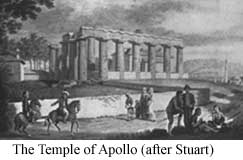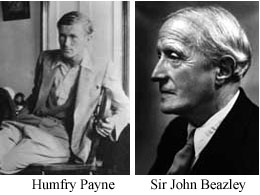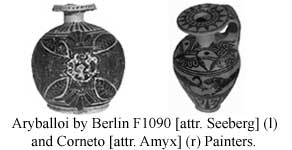Corinthian pottery - a history of study

The interest in Corinth expressed by Pausanias and other ancient writers seems to have continued into more modern times. In 1436, Cyriac of Ancona recorded what he saw on his visit to the town, and a series of British travellers followed, including George Wheler (1676), accompanied by the French antiquarian Jacob Spon, James 'Athenian' Stuart (1766), Richard Chandler (1776), William Leake and Edward Dodwell (1801-1806).

In more recent times, the finer pottery made in Corinth between 750BC and 550BC has come to be studied by many scholars, not least by the American excavators, who have published the series Corinth, Results of excavations conducted by the American School of Classical Studies at Athens since 1929. In 1931, Humfry Payne (1902-36) published Necrocorinthia, which he dedicated to Sir John Beazley, his teacher at Oxford. Payne's work established the modern study of archaic and classical Corinthian pottery. By taking advantage of recent and highly significant archaeological discoveries, he was able to make a more substantial contribution than the earlier German scholars, Pfuhl and Buschor, and the Dane, Johansen.
In 1929, when Payne went to Athens as Director of the British School of Archaeology, the Americans excavated the 'potters' quarter' at Corinth. Payne led the British excavation of the nearby sanctuary site of Perachora. Both yielded quantities of Corinthian pottery, as did the slightly earlier British excavations at Sparta and the nearby sanctuary of Artemis Orthia.

Payne's study places archaeological material in historical context and relates pottery to other types of material evidence. Many later studies of Corinthian pottery, most notably those of Benson and Amyx, have concentrated on analysing the personal styles of individual painters, a venture which Payne tended to consider 'a somewhat unremunerative task'.
Particular study on the earlier, and largely linear, 8th century style has been conducted by, among others, Coldstream in Greek Geometric Pottery (1968).





